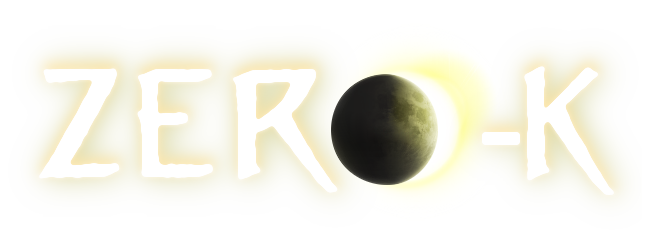| 1 |
I strongly doubt that using a .bmp for the texture makes the final map file large, since most or all of my maps will have been constructed in this way and they are not unusually large files.
|
1 |
I strongly doubt that using a .bmp for the texture makes the final map file large, since most or all of my maps will have been constructed in this way and they are not unusually large files.
|
| 2 |
\n
|
2 |
\n
|
| 3 |
(I suspect, though I do not know for sure, that the map compilation process makes the input file type irrelevant as long as the compiler supports it as input.)
|
3 |
(I suspect, though I do not know for sure, that the map compilation process makes the input file type irrelevant as long as the compiler supports it as input.)
|
| 4 |
\n
|
4 |
\n
|
| 5 |
The wiki may as well say that this is possible, since just from the perspective of the image creation process a png may be preferable.
|
5 |
The wiki may as well say that this is possible, since just from the perspective of the image creation process a png may be preferable.
|
| 6 |
\n
|
6 |
\n
|
| 7 |
However,
I
am
strongly
against
listing
[b]every[/b]
possible
way
to
make
a
map
in
the
guide
for
the
sake
of
completeness
alone.
The
purpose
of
the
linked
guide
is
to
get
a
new
mapmaker
to
the
point
where
they
have
a
working
map.
Once
they
achieve
that
they
can
experiment
with
alternative
pathways.
Therefore,
many
omissions
from
the
guide
are
not
"false",
they
are
deliberate.
|
7 |
However,
I
am
strongly
against
listing
[b]every[/b]
possible
way
to
make
a
map
in
the
guide
for
the
sake
of
completeness
alone.
The
purpose
of
the
linked
guide
is
to
get
a
new
mapmaker
to
the
point
where
they
have
a
working
map.
Once
they
achieve
that
they
can
experiment
with
alternative
pathways.
Therefore,
many
omissions
from
the
guide
are
not
"false",
they
are
deliberate.
Even
in
this
case,
a
.
bmp
does
work
and
is
a
little
more
foolproof.
|
 Bitmap Map Guide False
Bitmap Map Guide False
